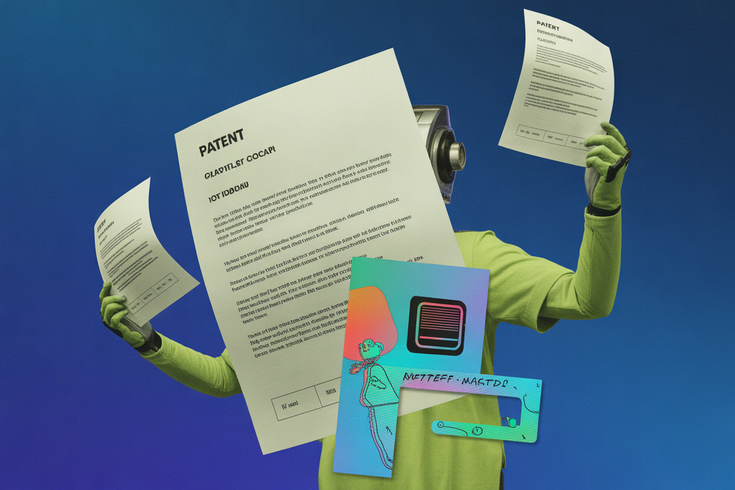Navigating the New Flexible Patent Policies for AI in China and the US
By TSF TeamHere's the brutal truth: Recent patent policy changes in China and the US are a double-edged sword for AI innovation. While they open doors, they also raise the stakes for startups. If you're not adapting, you're already behind.
Want to capitalize on these changes? Start with these steps: 1. Analyze new patent eligibility requirements in both regions. 2. Focus on aligning your innovations with emerging standards. 3. Network with regional intellectual property experts. 4. Prepare for increased scrutiny during examinations. You don't need more strategies—you need action.
AI patents are the frontier where innovation either breaks through or gets buried. So why does it matter now? Because while you're busy planning, competitors are patenting. The US offers broader flexibility, while China becomes a patent oasis. But roadblocks like complex assessment procedures still loom large. Here's what you really need: courage to act amid uncertainty.
How to Navigate the New AI Patent Policies
First, understand that both China and the US are shifting towards more nuanced examination standards that focus on the "inventive step" and practical application. These countries want to protect genuinely novel technologies, not just recycled ideas. Sift through patent guidelines daily like you'd check stock market trends. The difference? Extra steps mean less competition if you're ready to hustle.
- Scrutinize the "inventive step" requirement to align developments correctly.
- Maintain corresponding documentation from R&D that shows distinctiveness.
Why You're Failing at Securing AI Patents
You keep blaming policy complexity. The uncomfortable truth? You're lazy with your due diligence. China's patent office alone handled over a million tech patents last year—people are moving while you're sleeping. If you want your tech recognized, start owning that extra paperwork.
- Start vetting ideas against both markets consistently.
- Document every innovation up from ideation to execution.
What is the Inventive Step?
The "inventive step" is your gateway—or barrier—to a granted patent. If your innovation isn't a leap but a hop from existing tech, don't expect applause. Define what's new through rigorous comparisons with existing patents; it demands your critical eye.
- Compare your inventions with existing patents to pinpoint distinct innovations.
- Clarify the practical application to remove R&D ambiguity.
Why Common Patent Advice is Killing Your Progress
Stop thinking that patent piling is growth. What you need are quality patents that add real barriers to entry for competitors. Lazy patenting is worse than none at all. Keep your focus sharp; chase after niche protective patents rather than broad, vague ones.
- Dissect competitors’ patents for what's possible but uncaptured.
- While they patent breadth, you patent depth on a scalable idea.
AI Patents: China vs. US - What Works
In China, there's a boom of AI companies filing and winning state-backed aid. In contrast, while the US prizes disruptive tech, you're still navigating the red tape solo. So what's the play? Navigate intelligently. Know where resources and backing are strongest, and capitalize.
- Craft patent applications that highlight potential state benefits (China).
- Showcase societal impact and technological leap when filing in the US.
Don't email this post to yourself and forget it the next morning. You already know what to do, whether it’s deploying further documentation strategies or immediately tweaking your product. You want things to change? Stop waiting. Start doing. The doors are there; bust through before someone else boxes you in.




